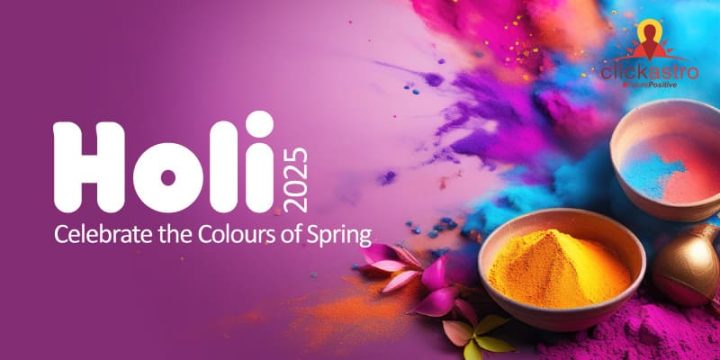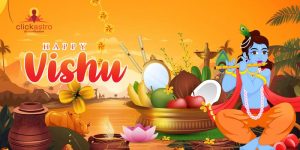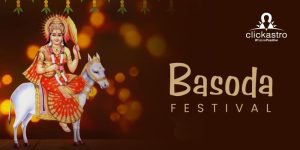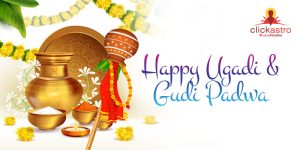Contents[hide]
The Colours of Holi: A Symbol of Renewal
Holi has transcended its roots in India and has become a global celebration of joy. Every year, people across the world look forward to this festival for its promise of warmth, togetherness, and vibrant colours. As the world gears up to celebrate Holi in 2025, it’s an ideal time to reflect on its significance, traditions, and deeper meanings. Holi brings a burst of positivity, heralding the end of winter and the start of a bright, colourful spring. The magic of Holi lies not only in the joyful tradition of throwing coloured powders, but in the deeper, spiritual celebration of nature’s renewal. As flowers bloom and trees become lush again, Holi reflects the earth’s rejuvenation, symbolizing the opportunity for individuals to shed old grievances and start anew.Holi 2025: When the Festival of Colours Arrives
This year, Holi will be celebrated on Friday, March 14, 2025.As is customary, the festival will unfold in two phases. The first day, known as Holika Dahan, is a time for rituals and prayers and the Holika Dahan Muhurta for 2025 is 11:26 PM to 12:31 AM, March 14. The following day, March 14, is the day of colours—when streets are painted in vibrant hues, and everyone, young and old, comes together to celebrate. Holi is traditionally celebrated on a full moon night in the Hindu month of Phalguna. It’s a festival that brings families and communities together, with bonfires lit to ward off evil, and a collective embrace of spring’s arrival. In parts of Uttar Pradesh, particularly in Vrindavan and Mathura—regions closely linked to Lord Krishna—Holi festivities can last up to 16 days! Across the country, Holi marks the end of winter’s chill and the joyous beginning of spring. Generate Your Free Couple Horoscope
The Mythological Roots of Holi: Tales of Love, Sacrifice, and Triumph
Holi has several mythological tales that serve as the foundation for its celebration. One of the most famous stories is that of Lord Krishna and Radha. Krishna, known for his dark complexion, was deeply loved by Radha. However, Radha struggled with feelings of insecurity about her own fairness. To alleviate her concerns, Krishna playfully smeared colour on Radha’s face, making her as colourful as the nature around them. This act, full of love and joy, became a symbolic way of showing that beauty isn’t about physical appearance but about love and acceptance. Holi is also linked to the myth of Lord Shiva and the sacrifice of Lord Kama. When Shiva fell into deep meditation following the tragic death of his wife, Goddess Sati, the world began to suffer. The gods knew that only Lord Kama, the god of love, could bring Shiva out of his trance. However, in his attempt to spark love in Shiva’s heart, Lord Kama was burned to ashes by Shiva’s third eye. The story ends with Shiva eventually uniting with Parvati, who was Sati reincarnated. This myth of love, sacrifice, and renewal represents the triumph of good over evil, which is at the heart of Holi celebrations.Why Do We Celebrate Holi with Colours?
Colours are central to Holi, and their use in the festival is not just for fun—it carries deep symbolism. The festival coincides with the arrival of spring, a season when nature itself bursts into vibrant colours. Each colour used in Holi carries its own meaning:- Red represents love, passion, and fertility. It is the colour of marriage and symbolizes strength and energy.
- Yellow is associated with turmeric, a symbol of auspiciousness and healing. It also represents joy, peace, and warmth.
- Blue, often associated with Lord Krishna, symbolizes the divine and represents trust, loyalty, and devotion.
- Green represents new beginnings, fertility, and prosperity. It is the colour of growth and rejuvenation.
The Spiritual and Health Benefits of Holi
While Holi is most well-known for its fun, carefree nature, the festival also carries significant spiritual and scientific benefits. Holi is celebrated during the transition from winter to spring, a time when the body and environment are undergoing significant changes. During this period, harmful bacteria can proliferate due to the fluctuating temperatures. The ritual of lighting bonfires, known as Holika Dahan, is believed to cleanse the environment, burning away impurities and negative energies. On a personal level, the act of playing with colours is thought to have therapeutic effects. Rubbing colours on the body is a form of colour therapy, which stimulates the skin and enhances the overall flow of energy within the body. This helps detoxify the skin, leaving it glowing and refreshed. Additionally, participating in the celebrations has been shown to elevate mood, as the bright colours and festive atmosphere induce a sense of happiness, joy, and collective well-being.The Significance of Holika Dahan: The Triumph of Good Over Evil
The first day of Holi, Holika Dahan, is perhaps the most profound in its symbolism. This ritual involves lighting a bonfire to commemorate the defeat of the demoness Holika and the survival of Prince Prahlad. According to the legend, Holika, the aunt of Prahlad, tried to kill him by dragging him into a fire. However, due to her evil nature, Holika was consumed by the flames, while Prahlad, a devoted follower of Lord Vishnu, was miraculously saved. The act of burning the effigy of Holika represents the destruction of evil and the victory of virtue. It serves as a reminder that no matter how powerful evil may seem, it can never defeat goodness, truth, or faith. The ashes from the bonfire are considered sacred and are smeared on the body as a form of blessing and protection.Fun Facts about Holi: Traditions, Legends, and Laughter
While Holi is widely known for its colourful powder and water fights, there are many interesting and lesser-known facts about the festival:- In Mathura and Vrindavan, Holi celebrations span an incredible 16 days, with various unique rituals and events each day.
- One of the most famous traditions is the Braj Lathmar Holi, where women playfully hit men with sticks, and the men defend themselves with shields. This fun and lighthearted event symbolizes the playful and flirtatious spirit of Holi.
- Holi has been referenced in ancient texts, including the Vedas and Puranas, and images of the celebration can be found in ancient sculptures and temple murals.
- A popular drink consumed during Holi is Bhang, made from the cannabis plant. It is mixed into drinks and sweets and is enjoyed by many as part of the festivities.









Thanks for the nice article
Thanks for the information. Blogs are really helpful. I am learning a lot about astrology from you and Indian astro predicts
Good